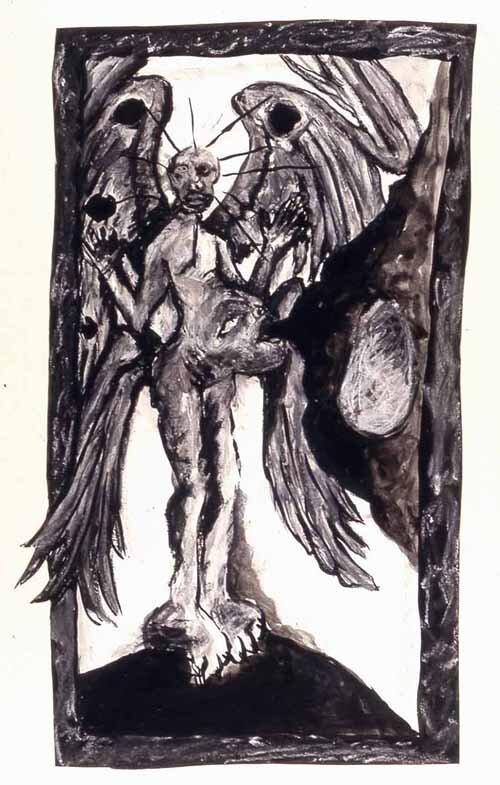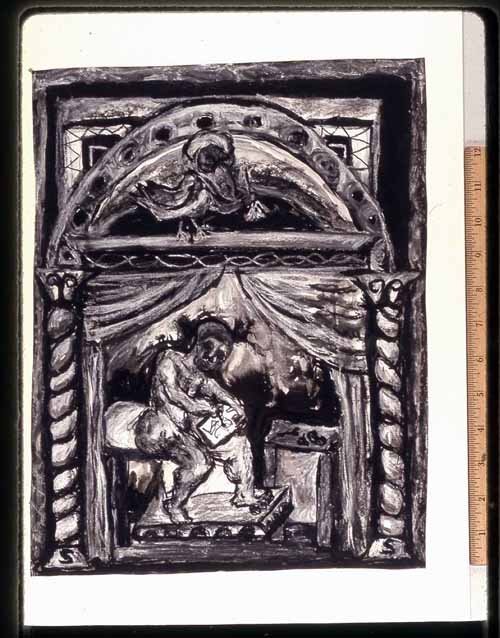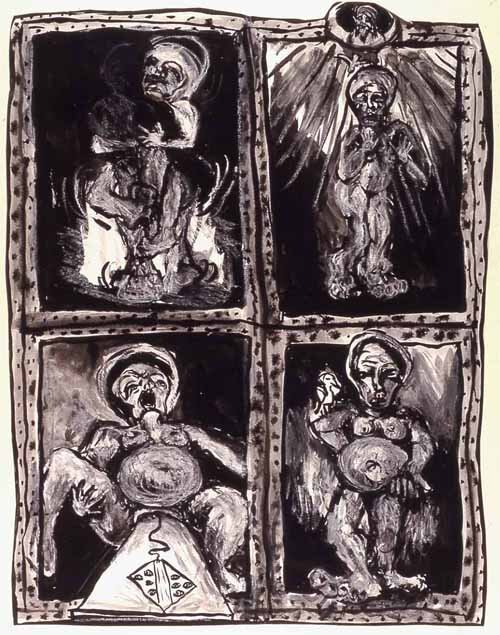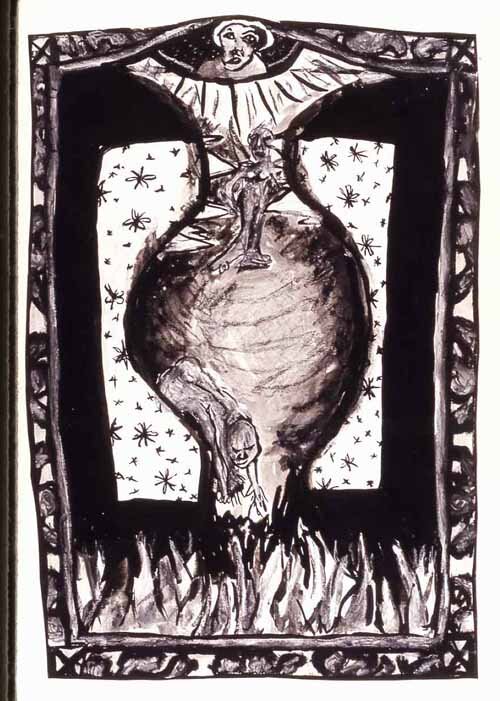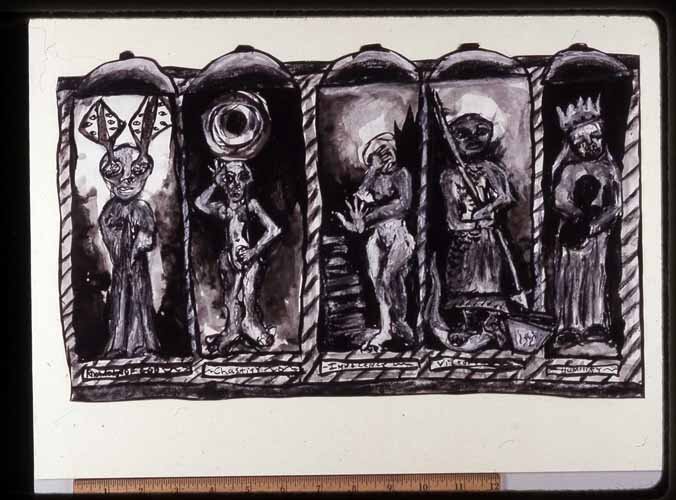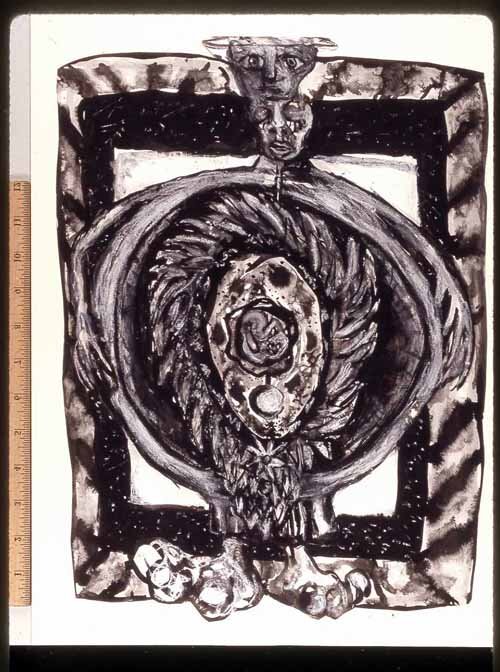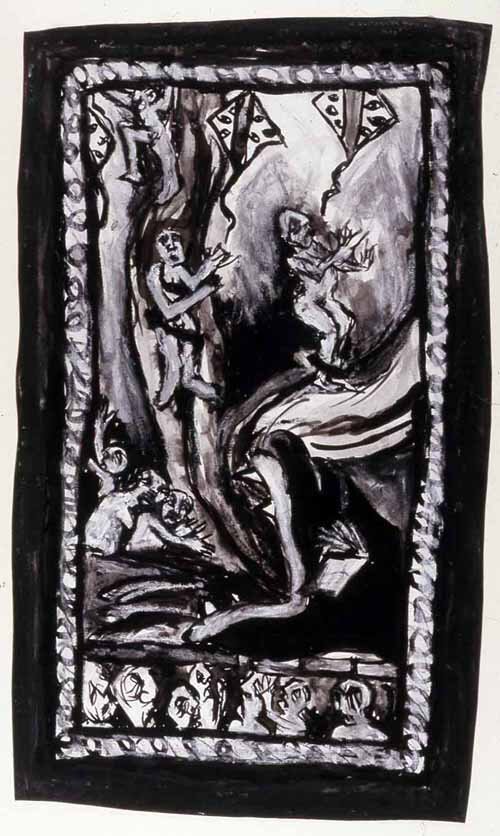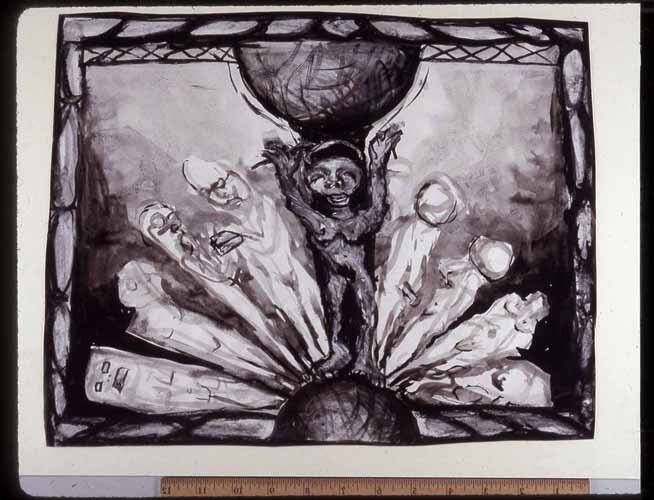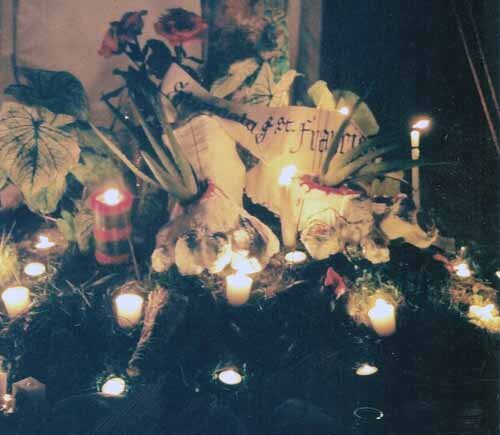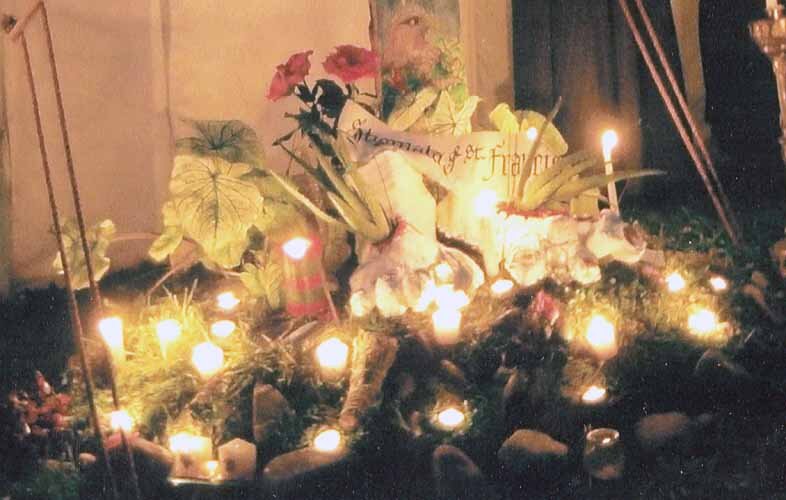I’m reading St. Bonaventure’s (1217-1274 CE) Life of St. Francis. Early in St Francis’ life, before he embarked on the path to sainthood, he became seriously ill. He as just a regular young man until this illness transformed him. This is what Bonaventure says about it:
Since affliction can enlighten our spiritual awareness (Isa. 28:19), the hand of the Lord came upon him (Ezech. 1:3), and the right hand of God effected a change in him (Ps. 76:11). God afflicted his body with a prolonged illness in order to prepare his soul for the anointing of the Holy Spirit.
It was after he recovered that he began to take on the role of mystic. I’ve written a lot lately about the beauty and role of illness in spirituality. I find it everywhere throughout mystical literature. St. Francis left few writings, he taught through the example of his life. The numerous transformations he under went to become one with God are intense. I’ve written about a few of them before, including the meaning of his stigmata. His life shows the effect of illness Divinely given and humanly accepted. Tomorrow I’ll post about some medieval women mystics who cultivated suffering as a way of serving humanity. This is a completely different, willful thing.Bonaventure’s writings are beautiful. Besides his Life of St. Francis, I also love The Soul’s Journey into God. In it he describes the physical world as “vestiges,” foot print of God. Every living creature and every object contains God’s grandeur. I spent one summer trying to apply this to everything I saw: Chihuahuas, garbage, car exhaust, hideous neon yellow jackets, you name it. I finally started to get and now it seems like second nature after of years of practice. Well most of the time! Heavy perfume and spitting still get me!


